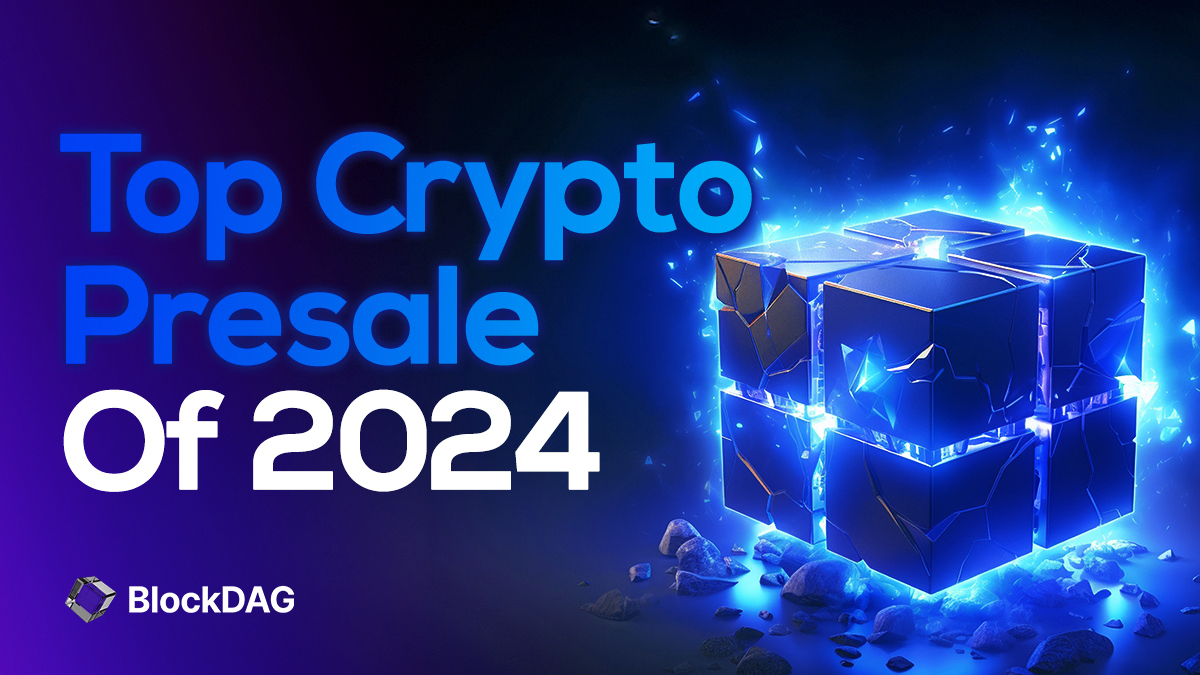ARTICLE AD BOX
Bitcoin transactions continue to grow following the halving, with data showing that much of the recorded demand comes from the Runes protocol.
Since its launch, Runes has recorded at least 150,000 daily transactions, dethroning BRC-20, which now struggles to achieve 10,000 transactions.
Runes Dethrone BRC-20 and Ordinals as Protocol Transactions Surge
On-chain data shows that the Runes token standard has effectively sidestepped BRC-20 and Ordinals. According to Dune Analytics, the number of transactions on Rune has averaged at least 150,000 per day since its debut on April 20. The highest it has ever been was 753,584 on April 23.
On average, the share of Bitcoin transactions on Runes protocol relative to BRC-20 and Ordinals is also higher for Runes, coming in at around 40%. This trajectory comes as Runes makes creating fungible tokens on Bitcoin more efficient, unlike BRC-20, which uses the Ordinals protocol.
BRC-20 tokens and Ordinals have been controversial in the past amid complaints that they clog up the network and cause fee increases. Relative to simple peer-to-peer transactions, it is complex to create and transfer BRC-20 tokens. At the very least, one would need more space on the blockchain.
Read more: Crypto Inscriptions: What Are They And How Do They Work?
 Bitcoin Transactions, Source: Dune Analytics
Bitcoin Transactions, Source: Dune AnalyticsCasey Rodarmor, BTC developer and the creator of Bitcoin Ordinals and Runes, discussed the protocol’s pros and cons in his last appearance on Hell Money Podcast.
“If Runes are successful, they’ll drain liquidity, technology, and attention away from other cryptocurrencies, and bring it back to Bitcoin. I’m not creating a shitcoin [but] a venue for people to create shitcoins, which is possibly worse and more dangerous. We’ll see,” he said.
The Game-Changers for Bitcoin’s Future
Runes, BRC-20, and Ordinals have enabled Bitcoin to evolve and become more than just a store of value. Now, it is a platform for creative expression and complex financial instruments. The three token standards have progressively developed atop each other’s strengths and weaknesses, each better than the next.
Runes launched on April 20, when the fourth BTC halving happened. It increases the efficiency of creating fungible tokens on the Bitcoin network:
- Enables off-chain transactions, thereby reducing congestion on the Bitcoin network and therefore facilitates more transactions to be processed quickly and cost-effectively.
- Faster confirmation times and lower fees for users, which increase accessibility and practicality of Bitcoin transactions for everyday use.
Read more: Bitcoin NFTs: Everything You Need To Know About Ordinals
The main similarity between BRC-20 and Runes is that both use Bitcoin and pay fees in BTC to create new tokens. BRC-20, launched in February 2023, was developed to create a standard for fungible tokens on Bitcoin. Its key highlights were affordability, speed, and increased accessibility relative to its forerunner, Ordinals. It also brought programmability, unlike Ordinals.
Ordinals launched in January 2023. Through Ordinals, Rodarmor enabled the creation of NFT-like “inscriptions” on the Bitcoin network. He described the Ordinals “theory” as a lens to view the Bitcoin blockchain and see the “trackable satoshis pop into view like Pokémon in the tall grass.” Its main challenge was high fees.
Read more: Top 5 BRC-20 Platforms To Trade Ordinals in 2024
Social media analytics and investment tools confirm growing interest in Runes. According to Lunarcrush, BRC-20 has up to 37,169 interactions, while Ordinals has 34,299. Meanwhile, Runes has 53,008 at the time of writing.
The post Runes Beat Ordinals and BRC-20 With 150,000 Average Daily Transactions appeared first on BeInCrypto.
.png)
 5 months ago
9
5 months ago
9








 English (US)
English (US)